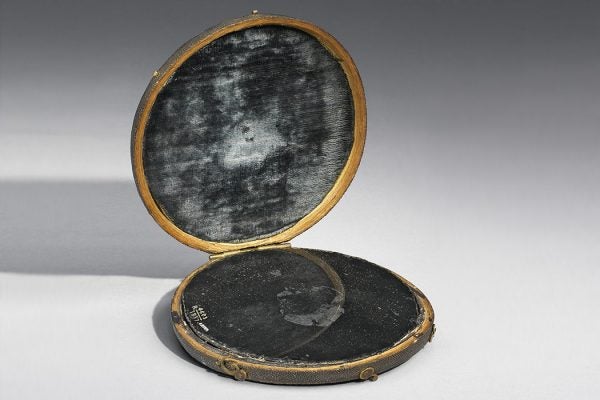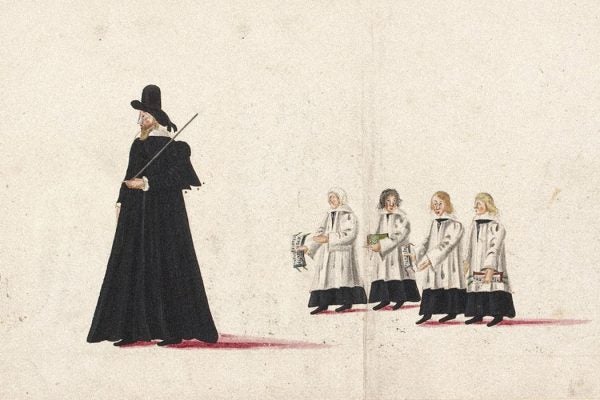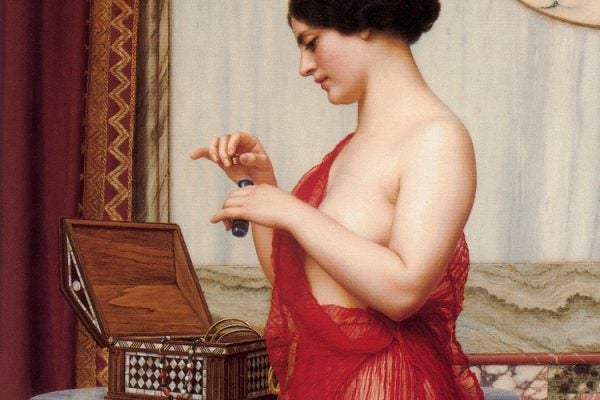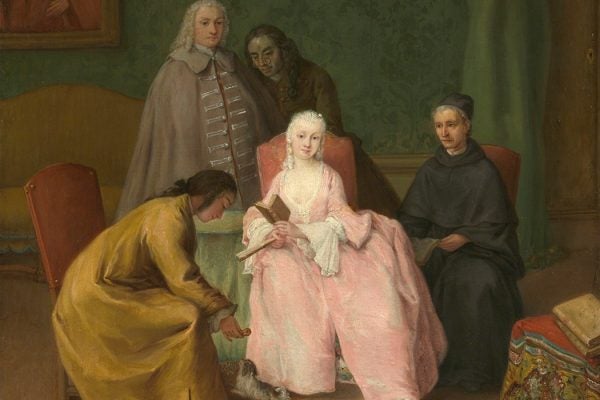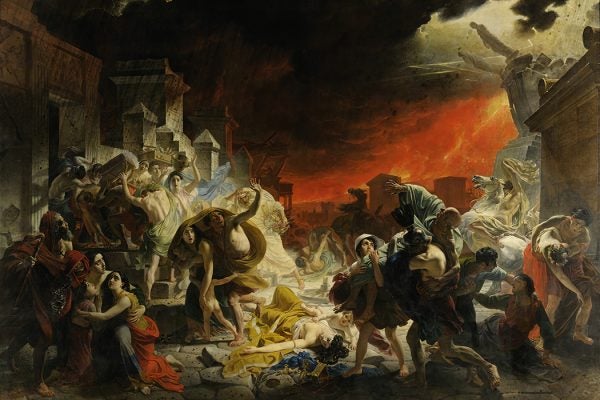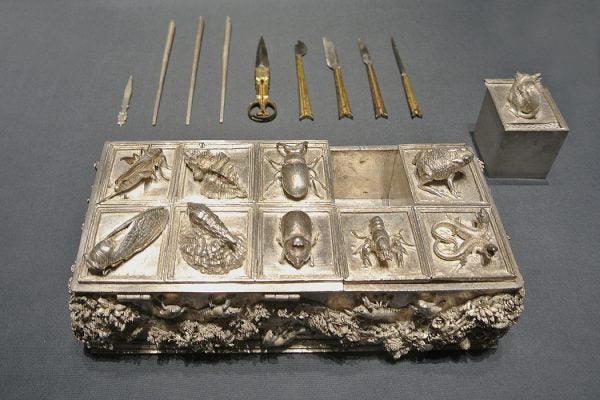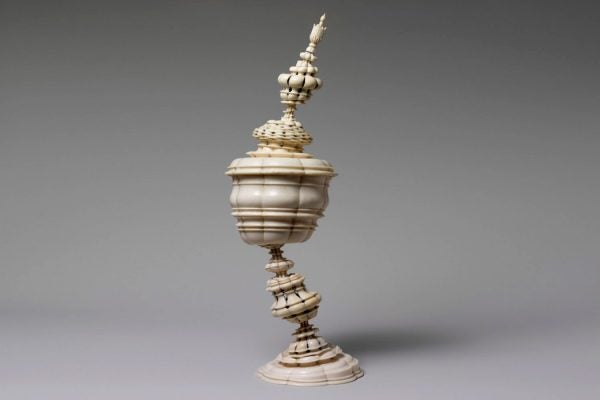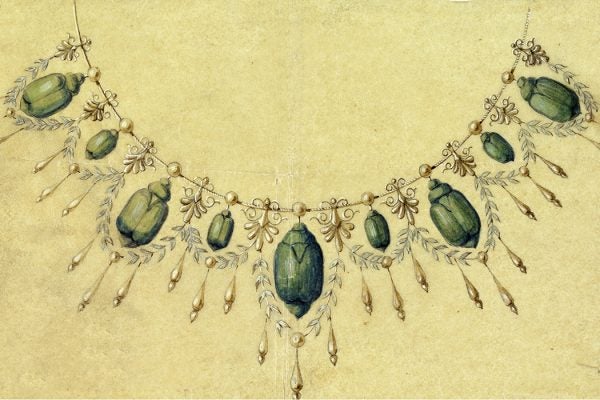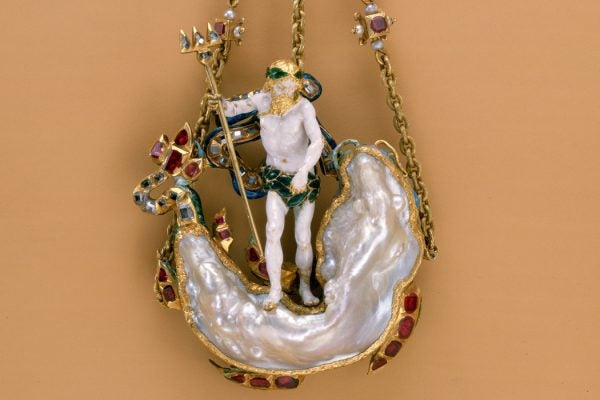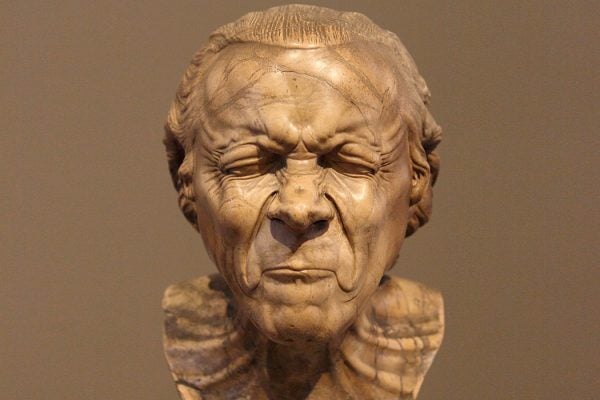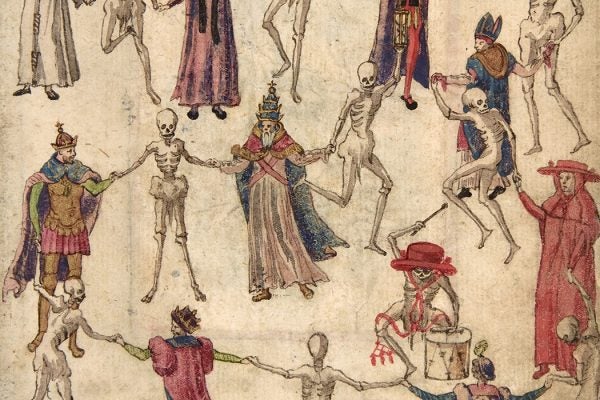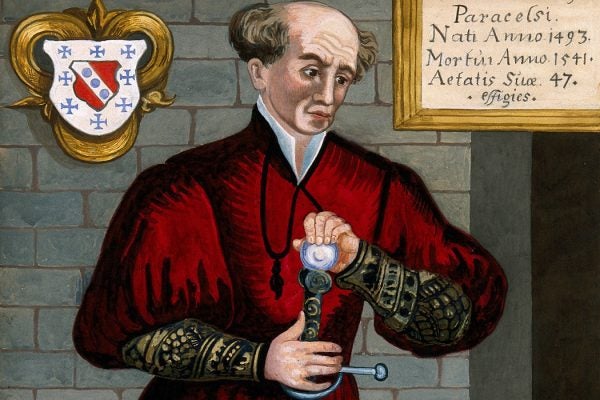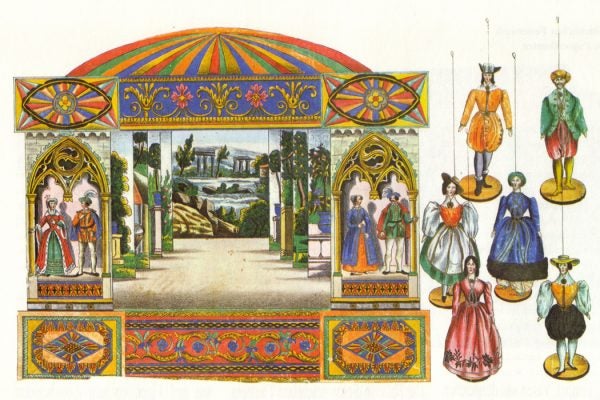The Claude Glass Revolutionized the Way People Saw Landscapes
Imagine tourists flocking to a famous beauty spot, only to turn around and fix their eyes on its reflection in a tiny dark mirror.
“Hard Times Tokens” Were Not One Cent
The counterfeit currencies issued in response to 1837’s coin shortage were worthless—or were they?
Her Majesty’s Kidnappers
In the 17th century, Nathaniel Giles had the right to conscript young singers into the British royal children’s choir. He and a business partner went a step further.
Our Long-Running Love Affair with Pigeons
Through crazes of pigeon-fancying, these birds have been reshaped into a dizzying variety of forms.
When the English Witnessed Battles in the Sky
Some claimed the battles were so fierce they could smell the gunpowder.
When Royals Perfumed Themselves with the Excretions of Musk Deer and Civet Cats
In the era of Louis XV, it was fashionable to drench oneself in “animal scents.”
The Paris Morgue Provided Ghoulish Entertainment
With its huge windows framing the corpses on display, the morgue bore an uncomfortable resemblance to a department store.
When Asbestos Was a Gift Fit for a King
File under: “don’t try this at home.”
Socially Sanctioned Love Triangles of Romantic-Era Italy
Eighteenth-century Italian noblewomen had one indispensable accessory: an extramarital lover.
Superbarrio: The People’s Superhero
Defender of the poor tenants and evictor of the voracious landlords, a masked lucha libre wrestler rose from the ruins of Mexico City’s 1985 earthquake.
Martin Luther’s Monsters
Prodigies, or monsters, were opaque and flexible symbols that signaled that God was sending some message.
“Beating the Bounds”
How did people find out where their local boundaries were before there were reliable maps?
When Monks Went Undercover to Steal Relics
Because relics were understood to be capable of working miracles, any relic that was stolen must have wanted to be.
Pompeii Mania in the Era of Romanticism
Nothing appealed more perfectly to the Romantic sensibility than the mix of horror and awe evoked by a volcano erupting.
How Renaissance Artisans Turned Live Animals into Silver
Lifecasting was the renaissance art of making sculptures using molds taken from real-life plants and animals.
These Bizarre Ivory Cups Were Carved by Princes
The royal houses of Europe felt that it would be good for their sons to learn a manual trade. Artisans taught nobles to carve ivory on a lathe.
Insect Jewelry of the Victorian Era
The wing-cases of gold-enameled weevils hung from necklaces; muslin gowns were embroidered with the iridescent green elytra of jewel beetles.
Why Ottoman Sultans Locked Away Their Brothers
Fratricide among rival princes was legal and widely practiced until 1603, so confinement to the palace was actually an improvement.
The Lumpy Pearls That Enchanted the Medicis
There’s a specific term for these irregular pearls: “baroque,” from the Portuguese barroco.
The Man Whose Face Got Stuck Like That
No one could have predicted Franz Xaver Messerschmidt’s turn to the bizarre.
A Roman Feast… of Death!
The banquet hall was painted black from ceiling to floor. By the pale flicker of grave lamps, the invited senators coud make out a row of tombstones.
Burn This Book!
Li Zhi’s exasperation with the corruption, greed, and superficiality of the powerbrokers in his society fueled his rebellious writing.
The Occult Remedy the Puritans Embraced
Why did the Puritans embrace a medical treatment that looked suspiciously like black magic?
The Afterlife of Royal Hair
Whether worn as a lovelock or set in elaborate jewelry, the clipped-off hair of Kings and Queens outlived the monarchs themselves.
Paper Theaters: The Home Entertainment of Yesteryear
In the nineteenth century, enterprising toymakers developed a novel way to bring theater into the home.

